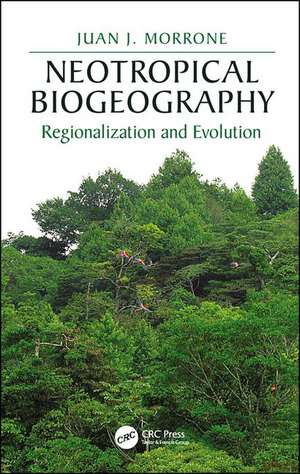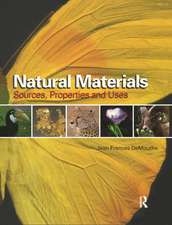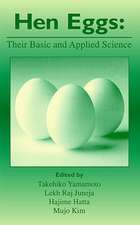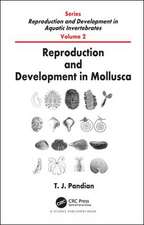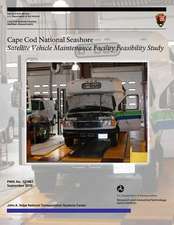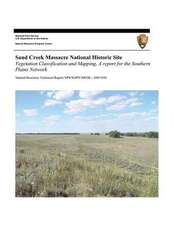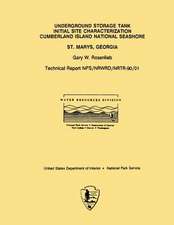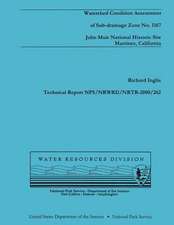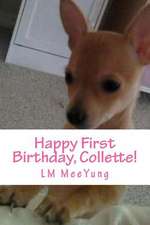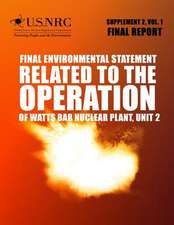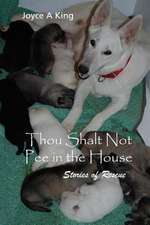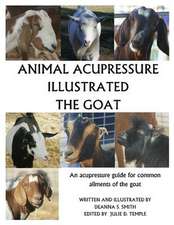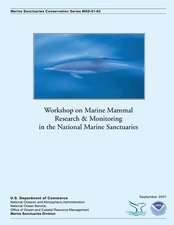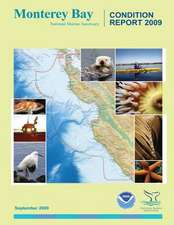Neotropical Biogeography: Regionalization and Evolution: CRC Biogeography Series
Autor Juan J. Morroneen Limba Engleză Hardback – 13 apr 2017
The aim of this reference is to provide a biogeographic regionalization that can be used by graduate students, researchers and other professionals concerned with understanding and describing distributional patterns of plants and animals in the Neotropical region. It covers the 53 biogeographic provinces of the Neotropical region that are classified into the Antillean, Brazilian and Chacoan subregions, and the Mexican and South American transition zones.
| Toate formatele și edițiile | Preț | Express |
|---|---|---|
| Paperback (1) | 316.88 lei 6-8 săpt. | |
| CRC Press – 30 mar 2021 | 316.88 lei 6-8 săpt. | |
| Hardback (1) | 991.80 lei 6-8 săpt. | |
| CRC Press – 13 apr 2017 | 991.80 lei 6-8 săpt. |
Preț: 991.80 lei
Preț vechi: 1331.72 lei
-26% Nou
Puncte Express: 1488
Preț estimativ în valută:
189.87€ • 195.37$ • 160.05£
189.87€ • 195.37$ • 160.05£
Carte tipărită la comandă
Livrare economică 01-15 martie
Preluare comenzi: 021 569.72.76
Specificații
ISBN-13: 9781138032484
ISBN-10: 1138032484
Pagini: 312
Ilustrații: 123
Dimensiuni: 156 x 234 x 27 mm
Greutate: 0.73 kg
Ediția:1
Editura: CRC Press
Colecția CRC Press
Seria CRC Biogeography Series
ISBN-10: 1138032484
Pagini: 312
Ilustrații: 123
Dimensiuni: 156 x 234 x 27 mm
Greutate: 0.73 kg
Ediția:1
Editura: CRC Press
Colecția CRC Press
Seria CRC Biogeography Series
Public țintă
Academic and Professional ReferenceCuprins
List of Figures
Preface
Author
Chapter 1 Theoretical Background
Chapter 2 Historical Background
Chapter 3 The Neotropical Region
Chapter 4 The Mexican Transition Zone
Chapter 5 The Antillean Subregion
Chapter 6 The Brazilian Subregion
Chapter 7 The Chacoan Subregion
Chapter 8 The South American Transition Zone
Epilogue
References
Index
Preface
Author
Chapter 1 Theoretical Background
Chapter 2 Historical Background
Chapter 3 The Neotropical Region
Chapter 4 The Mexican Transition Zone
Chapter 5 The Antillean Subregion
Chapter 6 The Brazilian Subregion
Chapter 7 The Chacoan Subregion
Chapter 8 The South American Transition Zone
Epilogue
References
Index
Recenzii
This is classic biogeography, and while not one to read from cover to cover, it belongs on the bookshelf of anyone working in this region.
-- Markus Eichhorn, Frontiers of Biogeography, June 2017
This richly illustrated and well-organized book provides a thorough overview of biogeographic research in the Neotropics—the tropical belt that stretches from Argentina to Mexico, including the Caribbean... the author provides an excellent and comprehensive review of the progress in Neotropical regionalization, from the early days to recent developments. The cornerstone of this book is that each Neotropical region is summarized in detail, consistently enumerating aspects such the endemic and characteristic taxa, and describing their overall vegetation. For someone interested in a specific portion of the Neotropics, it is a compelling departure point for further reading. It is my hope that this book will not only become a standard reference in Neotropical biogeography, but will also entice a new generation of biogeographers to look more rigorously for patterns, and then take substantial steps in trying to understand them.
-- Alexandre Antonelli, Gothenburg Global Biodiversity Centre, University of Gothenburg, Gothenburg, Sweden, in The Quarterly Review of Biology, Vol 93, 2018
-- Markus Eichhorn, Frontiers of Biogeography, June 2017
This richly illustrated and well-organized book provides a thorough overview of biogeographic research in the Neotropics—the tropical belt that stretches from Argentina to Mexico, including the Caribbean... the author provides an excellent and comprehensive review of the progress in Neotropical regionalization, from the early days to recent developments. The cornerstone of this book is that each Neotropical region is summarized in detail, consistently enumerating aspects such the endemic and characteristic taxa, and describing their overall vegetation. For someone interested in a specific portion of the Neotropics, it is a compelling departure point for further reading. It is my hope that this book will not only become a standard reference in Neotropical biogeography, but will also entice a new generation of biogeographers to look more rigorously for patterns, and then take substantial steps in trying to understand them.
-- Alexandre Antonelli, Gothenburg Global Biodiversity Centre, University of Gothenburg, Gothenburg, Sweden, in The Quarterly Review of Biology, Vol 93, 2018
Descriere
Written by an international authority, Neotropical Biogeography: Bioregionalization and Evolution presents the most comprehensive single-source treatment of the Neotropical region based on an evolutionary biogeographic approach. The book will authoritatively describe and discuss patterns of relationships and patterns of biotic distributions. The aim of this reference book is to provide a regionalization that can be used by graduate students, researchers, and other professionals concerned with understanding and describing biogeographic patterns of the distribution of plants and animals in the areas of Neotropical region - Mexican, Antillean, Brazilian, Chacoan, and South American.
Notă biografică
Juan J. Morrone is full professor of Biogeography, Systematics and Comparative Biology at the Facultad de Ciencias, Universidad Nacional Autónoma de México (UNAM), Mexico. He works on phylogenetic systematics of weevils (Coleoptera: Curculionidae) and evolutionary biogeography and regionalization of the Neotropical and Andean regions.
He joined the Museo de Zoología "Alfonso L. Herrera" of the Facultad de Ciencias, Universidad Nacional Autónoma de México (UNAM), Mexico in 1998, after working for some years at the Museo de La Plata, Universidad Nacional de La Plata (UNLP), Argentina, where he obtained his PhD degree. He is Member of the Academia Mexicana de Ciencias, Fellow of the Willi Hennig Society, and Research Associate of the American Museum of Natural History and the Buffalo Museum of Science. He has authored 270 scientific papers and authored or edited 29 books on evolutionary biogeography, phylogenetic systematics, biogeographic regionalization, biodiversity conservation and evolution.
He joined the Museo de Zoología "Alfonso L. Herrera" of the Facultad de Ciencias, Universidad Nacional Autónoma de México (UNAM), Mexico in 1998, after working for some years at the Museo de La Plata, Universidad Nacional de La Plata (UNLP), Argentina, where he obtained his PhD degree. He is Member of the Academia Mexicana de Ciencias, Fellow of the Willi Hennig Society, and Research Associate of the American Museum of Natural History and the Buffalo Museum of Science. He has authored 270 scientific papers and authored or edited 29 books on evolutionary biogeography, phylogenetic systematics, biogeographic regionalization, biodiversity conservation and evolution.
